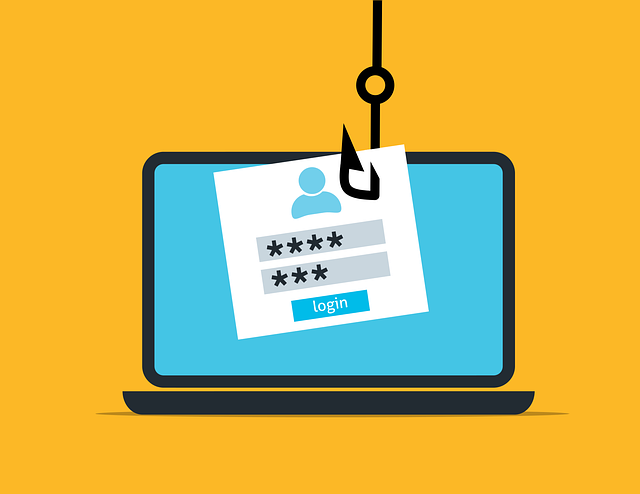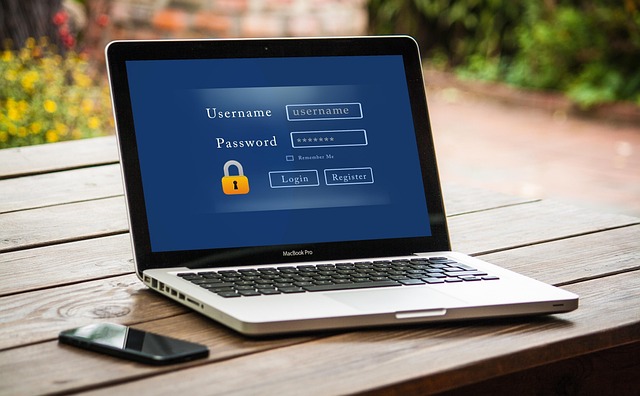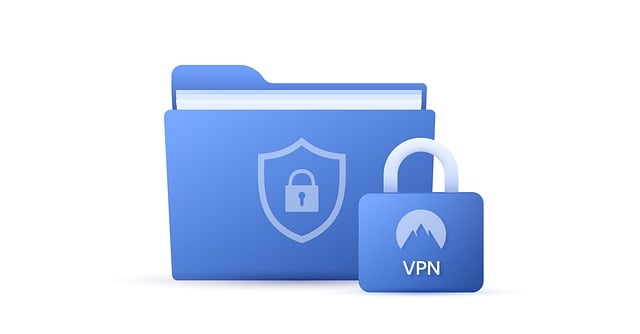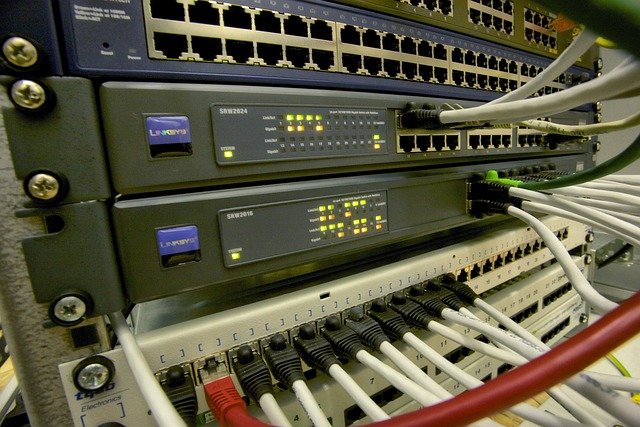Background checks are vital for data security in tech, uncovering vulnerabilities and ensuring access to sensitive info only by trustworthy individuals. In a digital era with complex landscapes, these checks prevent insider threats, fraud, and cyberattacks by verifying employment history, references, technical proficiency, and online presence, thereby fostering transparency, accountability, and enhanced security. Robust strategies include multi-factor authentication (MFA), thorough employee and vendor screening, data encryption, incident response plans, simulated phishing tests, network monitoring with updated firewalls, and regular software updates to patch vulnerabilities.
In today’s digital landscape, ensuring data security is paramount. Background checks play a pivotal role in fortifying tech companies’ defenses against potential threats. This article delves into the significance of comprehensive background checks as a robust strategy for protecting sensitive information. We explore how rigorous screening processes build trust, mitigate risks, and best practices for seamlessly integrating these vital data security checks into existing systems.
- The Role of Background Checks in Data Security
- Protecting Sensitive Information: A Comprehensive Approach
- Enhancing Trust through Rigorous Screening Processes
- Mitigating Risks with Thorough Employee Verification
- Best Practices for Implementing Security Checks
The Role of Background Checks in Data Security

Background checks play a pivotal role in enhancing data security within the tech industry. These thorough investigations into an individual’s history and credentials are essential tools to mitigate risks associated with unauthorized access to sensitive information. By delving into an applicant’s past, employers can uncover potential vulnerabilities or malicious intent that might go unnoticed during regular recruitment processes.
In today’s digital era, where data breaches can have devastating consequences, implementing robust data security checks is non-negotiable. These checks ensure that only trustworthy individuals with a proven track record of integrity are granted access to critical systems and data. As the tech landscape becomes increasingly complex, with vast networks and diverse user bases, background verifications act as a crucial shield against insider threats, fraud, and cyberattacks.
Protecting Sensitive Information: A Comprehensive Approach

Protecting sensitive information is a multifaceted challenge in today’s digital landscape, where vast amounts of data are generated and exchanged daily. Implementing robust data security checks is an integral part of any comprehensive strategy to safeguard this critical asset. Beyond basic authentication, background checks play a pivotal role in verifying the integrity and trustworthiness of individuals who handle sensitive data.
A holistic approach involves rigorous screening processes that extend beyond criminal records. This includes verifying employment history, checking references, and assessing technical proficiency. By integrating these measures, organizations can identify potential risks early on, ensuring that only qualified and reliable personnel are granted access to sensitive information. Such a comprehensive strategy not only fortifies data security but also instills confidence among users and stakeholders alike.
Enhancing Trust through Rigorous Screening Processes

In today’s digital era, where sensitive data is exchanged and stored online, enhancing trust in tech ecosystems is paramount. Rigorous screening processes, particularly background checks for individuals with access to critical systems, play a pivotal role in ensuring data security checks. These checks go beyond basic qualifications, delving into an individual’s history, reputation, and potential risks they might pose. By scrutinizing factors like previous employment, legal records, and online presence, organizations can identify red flags early on, safeguarding their digital assets and client information.
A robust background screening process establishes a layer of protection against insider threats and malicious actors who could exploit vulnerabilities. It fosters an environment of transparency and accountability, making it easier to detect and mitigate potential risks. This, in turn, boosts the overall security posture of tech companies, enabling them to safeguard their data, maintain customer trust, and operate with confidence in the digital landscape.
Mitigating Risks with Thorough Employee Verification

Background checks are an integral part of mitigating risks associated with data security. By conducting thorough employee verification, organizations can ensure that sensitive information is handled by trusted individuals. This process involves verifying employment history, educational qualifications, and checking for any criminal records or potential threats. With advanced data security checks, companies can identify and prevent insider threats, unauthorized access, or malicious activities from within their ranks.
Thorough employee screening helps build a robust security posture. It allows businesses to create a safe digital environment, protect critical assets, and maintain the integrity of their data. By implementing comprehensive background checks as a standard practice, organizations can rest assured that their workforce is reliable and committed to upholding strict security protocols.
Best Practices for Implementing Security Checks

Implementing robust data security checks is paramount in today’s digital landscape, where sensitive information is vulnerable to malicious actors. Best practices include adopting multi-factor authentication (MFA) for user access, ensuring regular and comprehensive background screenings of employees and vendors, and encrypting all sensitive data at rest and in transit.
Additionally, organizations should establish robust incident response plans and conduct simulated phishing tests to assess employee vigilance. Continuous monitoring of network activities and implementing firewalls with up-to-date security protocols are also crucial. Regular updates and patches for software vulnerabilities are essential to prevent exploitation by cybercriminals.






